
Like physical training, your writing can benefit from exercise. Just like challenging your body, heart and lungs to take on new challenges, you can improve your writing by focusing on your writing practice and trying new things. Here’s how I exercise my writing muscle and keep myself in top writing shape.
Make time for writing
I swim, cycle and run so that I can take part in triathlons. I do weight training to keep me strong and in good shape for my sport too. Yes, it is sometimes hard to fit in physical training. But I know that if I don’t put the effort into consistent training, I’m unlikely to reach my potential, and I risk injury. Training challenges me, and I enjoy it. So I make time for it.
I make time for writing too. Not just as part of my daily routine, which involves creating content for my writing clients. I make time to explore writing outside of my work commitments too.
Time to try new writing challenges. Time to write with no expectations or judgement. Time to play around and enjoy it.
Time for writing can be a regular 20 minutes free-writing to warm up my writing muscles for the day. Or, it can be more intense and concentrated, in the form of a workshop or writing retreat with Dark Angels, or a training event from 26 Characters.
Become a better writer by reading
Most writers start out mimicking their heroes. I did. Somewhere in a box in the attic, there’s an exercise book filled with a story about a girl who runs off on horseback in the dead of night, in the style of C.S Lewis. Reading was how I first learnt the elements of stories, about heroes and conflicts, about character, place and action.
It may seem like a long path to go from writing fantasy tales to writing marketing materials for businesses. But business writing has its heroes with their obstacles to overcome too. It’s just a matter of seeking them out. Call that my daily quest.
Writing stories of my own taught me about structure – about the importance of beginnings, middles and endings. These are important elements in business writing too.
You need a strong headline to catch attention. You need to draw people in, take them on a journey. And then at the end, you need to persuade them to take action.
Become a better writer by analysing technique
While studying English Literature and Language at Leeds University, one of my tutors used to set us the task of writing essays in the style of the writers we were studying – Philip Sidney, John Milton, Alexander Pope.
This was very different from modern writing, but in mimicking the rhetoric, structure, and language of different writers, I learned to appreciate the craft of their writing even more. That meant I could write about it from a position of understanding.
Using metaphor, drawing on all the senses, writing from another person’s point of view, choosing a potent word – these are all techniques I have learned through studying language and literature. And they serve me well as a writer for business today.
Become a better writer by finding your voice
As a writer, the ability to adapt my writing to different styles is a very useful skill. It helps me sound like the brand or company I’m writing for. And I can still do a decent impression of Jane Austen or Charles Dickens, should you need that kind of thing.
But to be authentic, it’s not enough to mimic someone else’s style. You have to develop your own.
While a brand and business may borrow and adopt words and language from its own industry and environment, as a tone of voice consultant, I advise them to look for the things that make them different.
Just as in speaking, we all have our own individual, distinct and recognisable voices, it’s important to find your own voice when you write – whether that’s writing for business or writing for yourself. It’s what makes you different, unique and memorable.
To exercise your writing muscle and improve your writing
-
Make time for writing
-
Make time for reading
-
Try on different voices and see what fits
-
Use what you’ve learned and make it your own
For more tips to help you improve your writing, sign up to my mailing list.
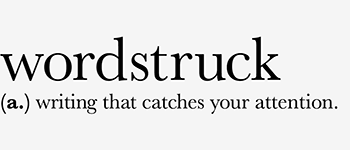
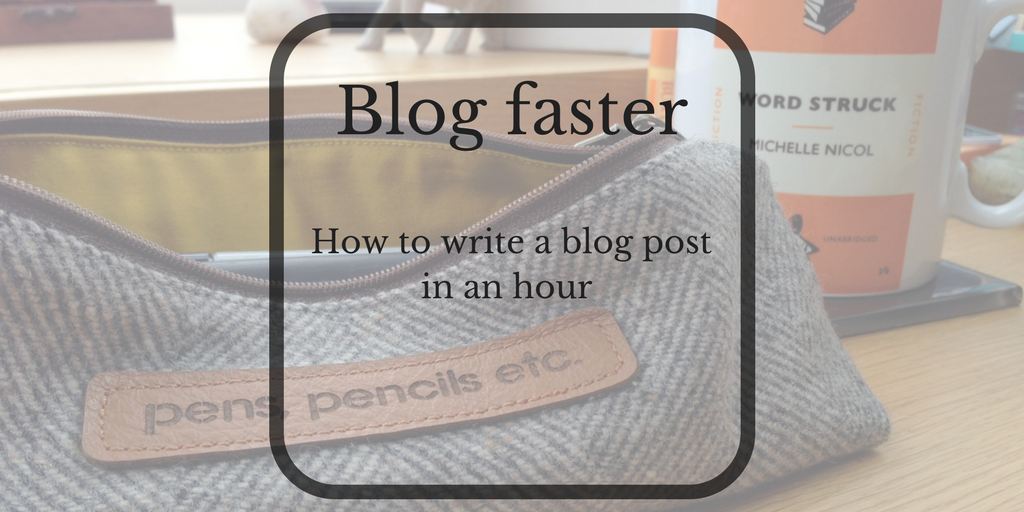
 Just write. Take your pen or pencil and move it on the paper. Write as quickly as you can, without thinking too much about what you want to write.
Just write. Take your pen or pencil and move it on the paper. Write as quickly as you can, without thinking too much about what you want to write. Free writing is useful for any kind of writing, not just for self discovery. It gets you started and gives a structure.
Free writing is useful for any kind of writing, not just for self discovery. It gets you started and gives a structure. Free writing also helps me reflect. I turn off the screen, eliminate any distractions and just spend time with my pen and notebook. My handwriting becomes very untidy and often I don’t write in full sentences. But as I do it, I can feel a sense of calm, like I’m taking deeper breaths, or spending some time meditating.
Free writing also helps me reflect. I turn off the screen, eliminate any distractions and just spend time with my pen and notebook. My handwriting becomes very untidy and often I don’t write in full sentences. But as I do it, I can feel a sense of calm, like I’m taking deeper breaths, or spending some time meditating. As part of an agency, I got used to working with a tight-knit team creating concepts and visions for creative campaigns. We quickly moved from ‘That’s my idea, that’s your idea…’ to ‘That’s a great idea – how do we build on that?’ We trusted each other to work towards a shared goal of creating something that was bigger and better than the sum of our individual inputs.
As part of an agency, I got used to working with a tight-knit team creating concepts and visions for creative campaigns. We quickly moved from ‘That’s my idea, that’s your idea…’ to ‘That’s a great idea – how do we build on that?’ We trusted each other to work towards a shared goal of creating something that was bigger and better than the sum of our individual inputs. I’ve benefited from lots of great free advice. But I’m a firm believer that it’s worth while paying an expert to help in areas where I lack the skills, knowledge or time to do something properly.
I’ve benefited from lots of great free advice. But I’m a firm believer that it’s worth while paying an expert to help in areas where I lack the skills, knowledge or time to do something properly. However well I prepare for a meeting or a call with a potential new client, there’s always the element of the unexpected.
However well I prepare for a meeting or a call with a potential new client, there’s always the element of the unexpected. I found a great tribe of slightly mad people to support my running and triathlon adventures in the online community of
I found a great tribe of slightly mad people to support my running and triathlon adventures in the online community of 
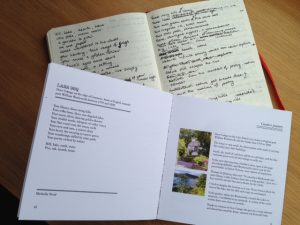 After many further scribblings and through many more pages of words, I eventually condensed my thoughts down to the 62 that make up my sestude. It was was published online and in a beautiful little pamplet along with other pieces that reflect places as diverse as Seamus Heaney’s football club to the Heinz factory.
After many further scribblings and through many more pages of words, I eventually condensed my thoughts down to the 62 that make up my sestude. It was was published online and in a beautiful little pamplet along with other pieces that reflect places as diverse as Seamus Heaney’s football club to the Heinz factory. Who says you have to write a blog? Why not use video or photographs?
Who says you have to write a blog? Why not use video or photographs?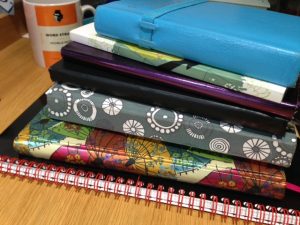 As a creative copywriter, I had to generate lots of ideas for marketing campaigns. Here, working with other creative people really helped me to bounce ideas around, and spark new ones from others’ input. The trick was not to dismiss any idea straight away, to keep on generating them and only then start to apply filters about what would work well.
As a creative copywriter, I had to generate lots of ideas for marketing campaigns. Here, working with other creative people really helped me to bounce ideas around, and spark new ones from others’ input. The trick was not to dismiss any idea straight away, to keep on generating them and only then start to apply filters about what would work well.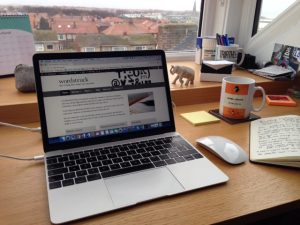 My brilliant writing mentor
My brilliant writing mentor  But being an introvert doesn’t mean disliking people and wanting to retreat from the world completely. It just means that situations like crowds, with lots of people, noise and other distractions really drain my energy.
But being an introvert doesn’t mean disliking people and wanting to retreat from the world completely. It just means that situations like crowds, with lots of people, noise and other distractions really drain my energy. When someone approaches you and asks one of those questions, it’s an invitation to say something about your business . If you’re particularly nervous about doing this, then have something in mind and practise it a few times. I’d just written my website, so was fairly confident about being able to talk about my writing and training services.
When someone approaches you and asks one of those questions, it’s an invitation to say something about your business . If you’re particularly nervous about doing this, then have something in mind and practise it a few times. I’d just written my website, so was fairly confident about being able to talk about my writing and training services.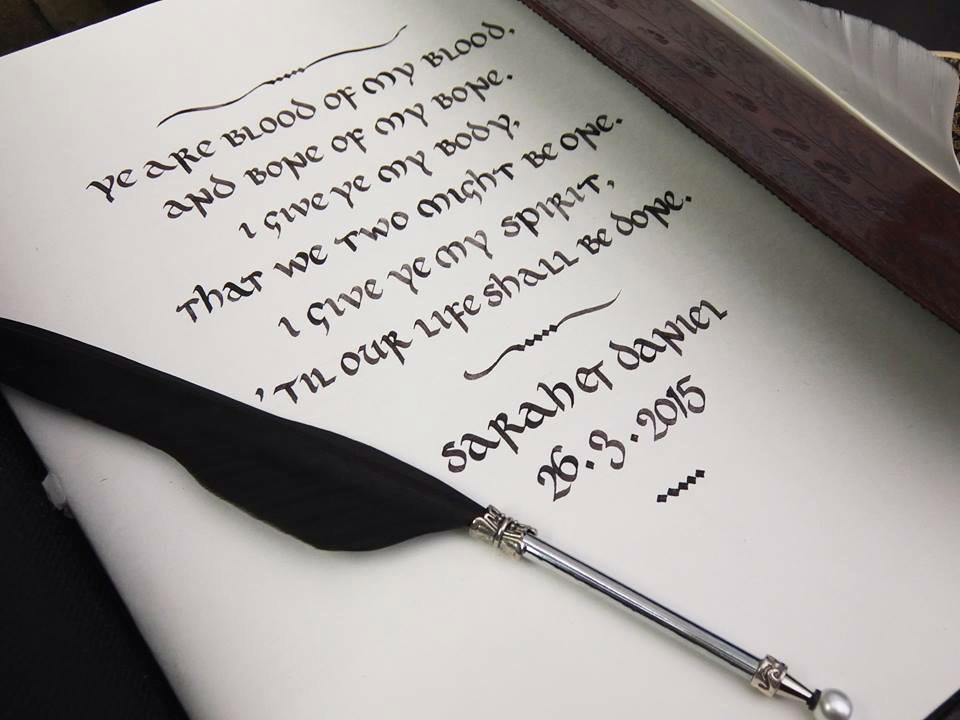
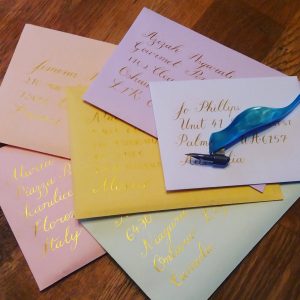 Angela makes words look beautiful, by writing them in elegant, sweeping calligraphy. She often works on commissions for weddings or special events, times when words take on special significance.
Angela makes words look beautiful, by writing them in elegant, sweeping calligraphy. She often works on commissions for weddings or special events, times when words take on special significance.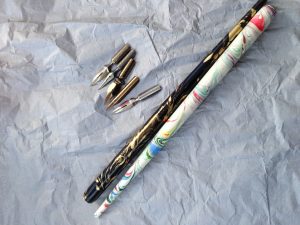 I increasingly type on a screen or touch a keyboard, but my preference for writing is always to start with a notebook and pen, or pencil.
I increasingly type on a screen or touch a keyboard, but my preference for writing is always to start with a notebook and pen, or pencil.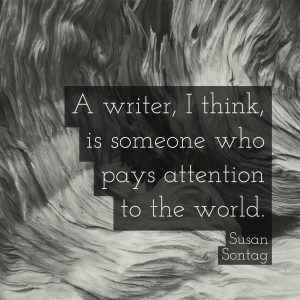
 A copywriter knows what style of writing works best for different media.
A copywriter knows what style of writing works best for different media. Do you talk the language of your customers? Are you trying to sell a drop-forged, chrome-coated,open-ended spanner, when your customer is looking for a tool to loosen off a nut?
Do you talk the language of your customers? Are you trying to sell a drop-forged, chrome-coated,open-ended spanner, when your customer is looking for a tool to loosen off a nut? How often do you find yourself in the middle of something, when your phone rings, or someone asks you a question, or an email pops up to distract you?
How often do you find yourself in the middle of something, when your phone rings, or someone asks you a question, or an email pops up to distract you?